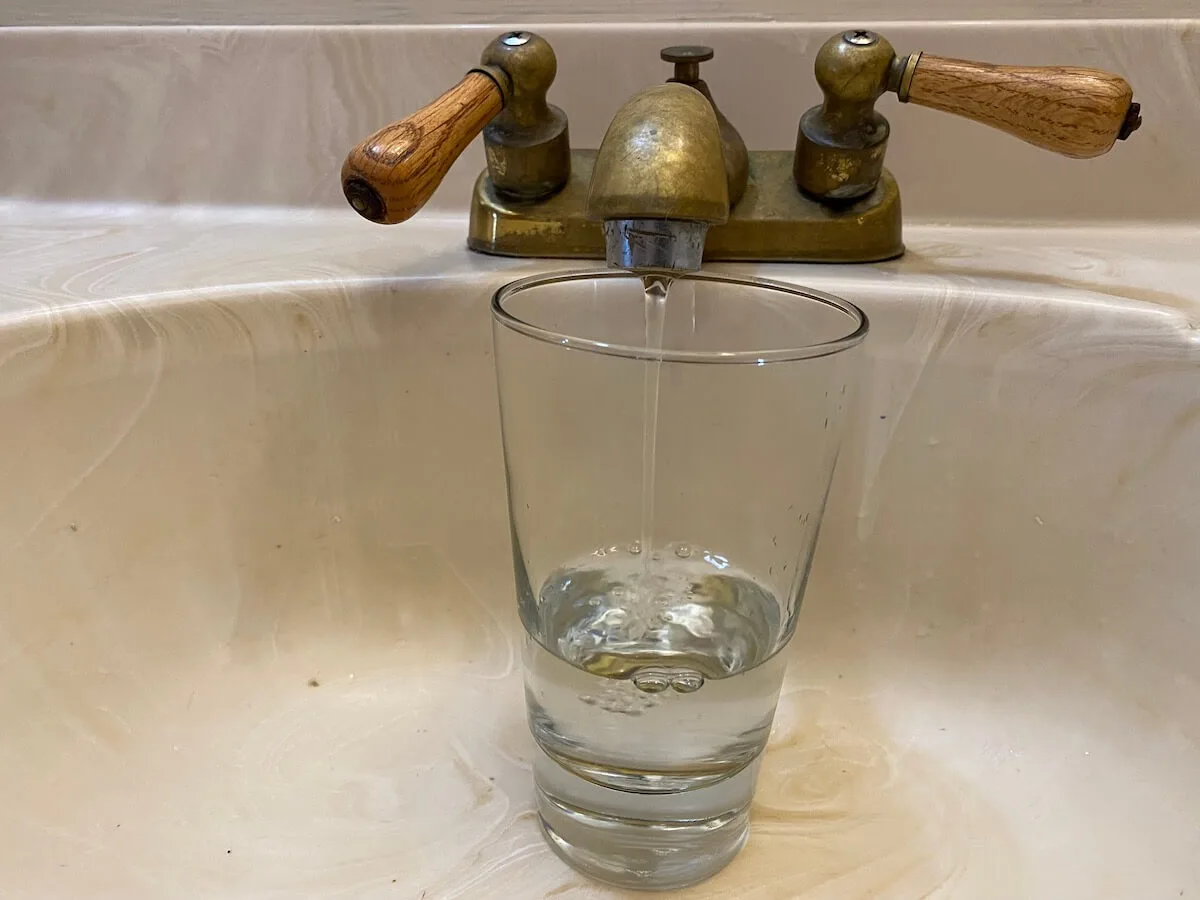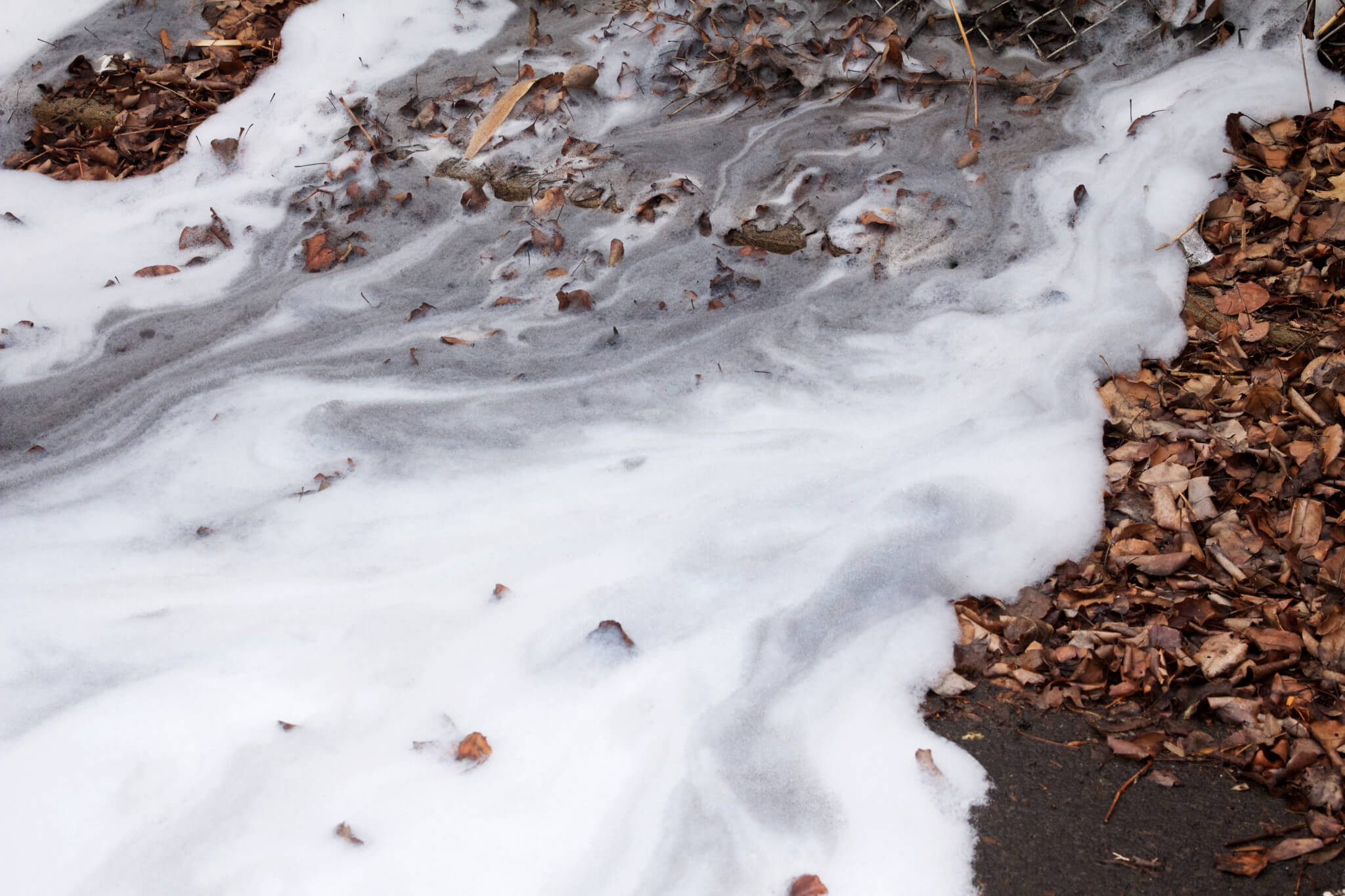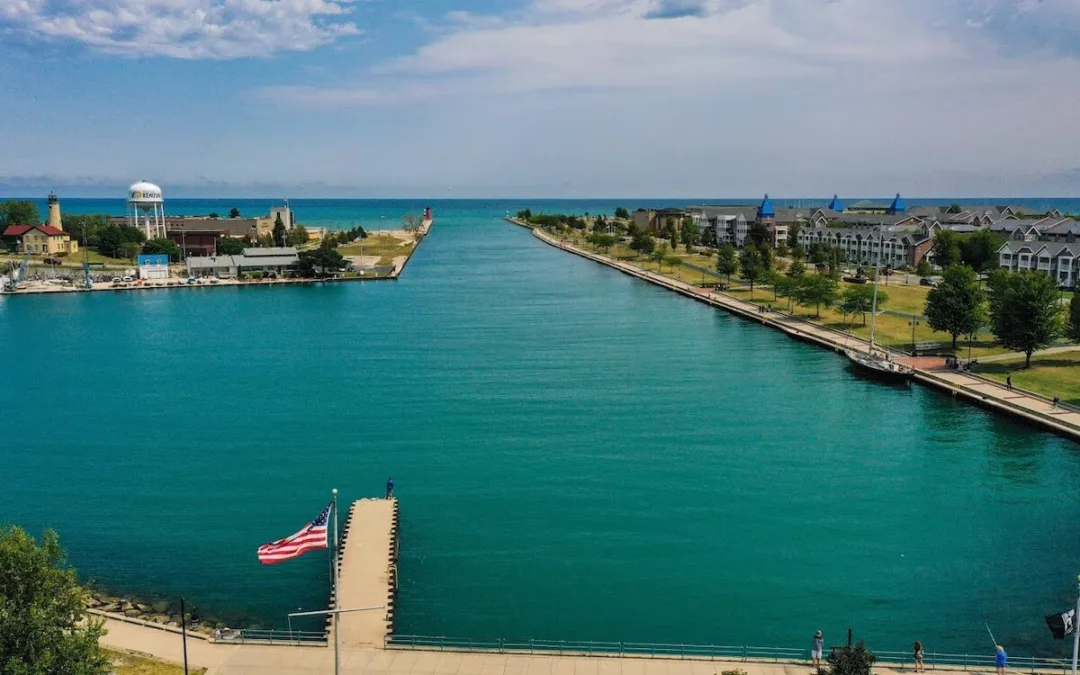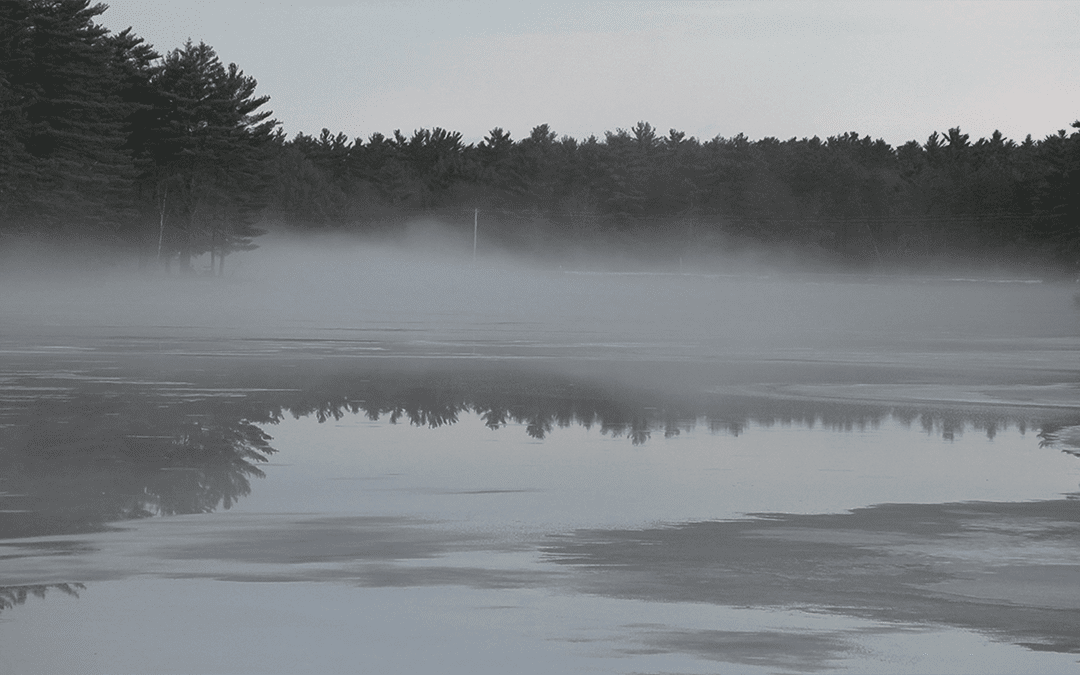
#image_title
#image_title
Clean water activists are ready to make 2022 the “Year of Follow-Through” on 2019’s “Year of Clean Drinking Water.”
Then-newly elected Gov. Tony Evers made water quality a central issue in Wisconsin when he declared 2019 the “Year of Clean Drinking Water,” but clean water activists say there is still much more to be done to protect the state’s water. Will 2022 finally be the “Year of Follow-Through”?
UpNorthNews spoke to several organizations that lobby, organize, and undertake water quality initiatives in Wisconsin to get a sense for what those who spend their days dedicated to making water safer to drink think the coming year might hold for such a fundamental human right: access to clean drinking water, a goal that has proved elusive due to roadblocks put up by the Republican-led Legislature.
In his “Year of Clean Drinking Water” declaration, Gov. Tony Evers set his administration to the task of producing a set of recommendations for how Wisconsin could better address the issue of clean water.
“Well, I’d love it to be sort of the Year of Follow-Through,” Paul Dearlove, deputy director of Clean Lakes Alliance, said of 2022. “You know, it’s one thing to start something, it’s another thing to finish it, and I don’t think we’ve even come close to finishing what was started and, you know, 2019 [was] a few years ago.”
RELATED: Wisconsin Has 176,000 Lead Pipes. The Infrastructure Bill Will Help Take Them Out.
Not to be outdone by the Democratic governor, Assembly Speaker Robin Vos (R-Rochester) formed the Speaker’s Task Force on Water Quality to report its own findings to his office that same year.
Activists in the water quality sphere reflect on those days with reverence, admitting that they wish they could recapture the euphoria of that moment and convert all of the bluster into concrete political action. But it has not yet come to pass. While both the governor and speaker did deliver reports on the state of Wisconsin’s drinking water, the efforts have thus far been more successful at generating headlines than turning recommendations into rules.

Republicans in the Legislature have stymied attempts to improve water quality. Through tight controls they hold over the rulemaking process, GOP legislators have repeatedly stepped in to curtail oversight, including an attempt to regulate a family of odorless, tasteless, colorless toxins known as PFAS.
The Legislature has also repeatedly slashed funding from state budget proposals that would have bolstered clean water initiatives like removing lead pipes.
2020 and 2021 became the unofficial years of COVID-19 and the vaccines, respectively. In looking to the future, activists hope that 2022 will not become the Year of Omicron, but rather see a return of water quality to the spotlight.
Their hopes are bolstered by government action at the state and federal levels.
The Wisconsin Department of Natural Resources (DNR) is in the midst of proposing a number of regulations that could have significant impacts on reigning in the number of PFAS compounds that have been detected in an increasing number of wells around the state in recent years.
However, the Republican-controlled Legislature has not been shy about putting the kibosh on regulations opposed by corporate interests.
“I think the Legislature has missed quite a few opportunities to help Wisconsin families get access to clean water, when it comes to PFAS, when it comes to lead, when it comes to nitrate contamination,” said Clean Wisconsin Water Program Director Scott Laeser. “We just saw the DNR’s efforts to put new nitrate protections in place for vulnerable areas of Wisconsin ended.”
Water quality activists have attempted to bolster support for the proposed PFAS regulations by encouraging people to make their voices heard. Should the regulations clear all of the hurdles left in front of them, they would take effect next summer, marking a major step forward for water quality.
“Unfortunately, we didn’t see a lot of action from the Legislature last year on PFAS,” Laeser said. “Fortunately … Wisconsin and every other state has a lot of money coming from the federal government through the infrastructure bill to address PFAS and other water quality issues.”
Earlier this year, President Joe Biden signed a bipartisan infrastructure bill that will, among other things, send more than $140 million to Wisconsin to replace a chunk of the state’s 176,000 deteriorating lead pipes that bring drinking water to homes. The state should begin to see that money just in time to kick off what could be the Year of Follow-Through.
Politics

New Biden rule protects privacy of women seeking abortions
Under the new rules, state officials and law enforcement cannot obtain medical records related to lawful reproductive health care with the goal of...

Biden marks Earth Day by announcing $7 billion in solar grants
The Biden administration on Monday announced the recipients of its Solar For All Program, a $7 billion climate program that aims to lower energy...
Local News

Stop and smell these native Wisconsin flowers this Earth Day
Spring has sprung — and here in Wisconsin, the signs are everywhere! From warmer weather and longer days to birds returning to your backyard trees....

Your guide to the 2024 Blue Ox Music Festival in Eau Claire
Eau Claire and art go hand in hand. The city is home to a multitude of sculptures, murals, and music events — including several annual showcases,...



